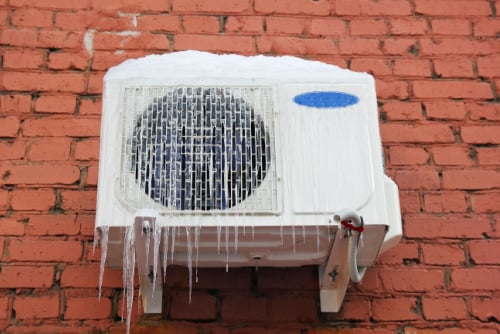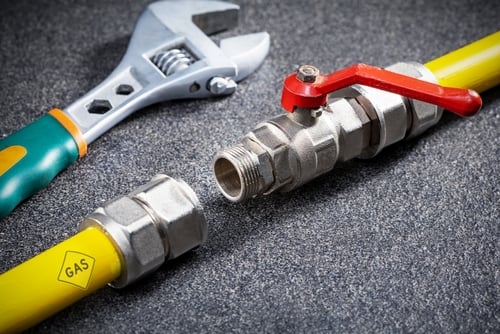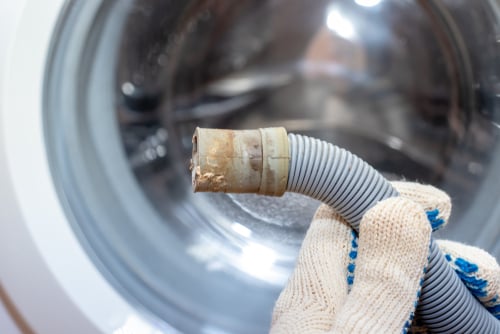A guide for getting your grass growing gloriously this year.
Your body isn’t the only thing to get in shape for summer.
Summer’s on its way, and it’s time to get outside. Not just to work on your tan, but to work on your lawn. Here’s a quick how-to guide for making sure your lawn looks its best well into the fall.
Let it breathe.
You should dethatch your lawn if the layer of organic debris—tightly woven, dead stems, leaves, and roots between the grass and the soil—is an inch or more thick. You can rent a power rake to do the job.
You need to aerate your lawn every one to three years, depending on the amount of foot-traffic. Aerating your lawn removes plugs of soil from the lawn, giving the roots better airflow and more nutrients from fertilizer. It can also help thatch decompose faster, so you can delay or even avoid dethatching.
Want your grass to flourish? Nourish.
Be careful with this part. Using too much or the wrong kind of fertilizer can do more harm than good. You need to match the fertilizer and schedule to your type of grass. Warm-season grasses grow the most during the summer and go dormant in cold weather. Cool-season grasses thrive during spring and fall but struggle in the summer heat.
Fertilize warm-season grass with nitrogen-rich, slow-release fertilizer in the spring when it first emerges from dormancy. If you don’t have a winter dormancy period in your region, fertilize your warm-season grass in April. Use a granular broadcast spreader to avoid damaging your lawn.
Fertilize cool-season grasses in the spring and again in the fall, about six weeks before the first frost, using a high-nitrogen fertilizer so the grass can store the nutrients to bounce back in spring.
Add water.
Grass needs to grow deep roots to beat the summer heat. Give your grass about an inch of water a week during peak growing season, which is all summer in a warm climate, otherwise spring and fall. Measure with a rain gauge and cut back when Mother nature is doing the watering for you. If you use sprinklers, leave them on until your lawn has gotten its full inch of water.
Know when to mow.
Mowing frequently during the spring strengthens your lawn’s roots. But you should raise the height of your blades as the temperatures climb. Leaving your grass longer shades the soil, keeping the roots moist and helping your lawn withstand high heat and drought. Never cut more than one-third the length of a blade of grass. Once a week is plenty. You can skip a week during the hottest times of the summer when your grass isn’t actively growing.
You can overseed bare patches during peak growing season. Loosen the soil with a tiller, spread the seed evenly, add standard fertilizer, and water the area normally. Feed with a nitrogen-rich fertilizer once the seed has germinated.
When you have a little TLC to your DIY, you can get your backyard ready for everything you and your family throw at it this summer.
At Frontdoor, we know you love getting things done around the house. Staying in control of your to-do list is easier when you can keep the small things from turning into bigger—and more expensive—ones. We’re here to make it easier to prevent problems instead of reacting to them. We help you gain the peace of mind that comes with staying on top of your home’s health.
Want to learn more about the proper care and feeding of your yard, or anything else about maintaining the outside of your home? Download the app if you haven’t already, and chat with a helpful, friendly Frontdoor expert.
Frontdoor assumes no responsibility, and specifically disclaims all liability, for your use of any and all information contained herein.
Was this article helpful?







